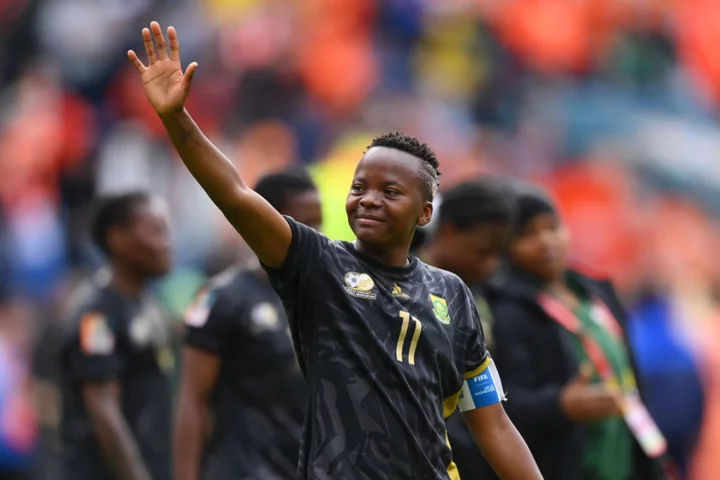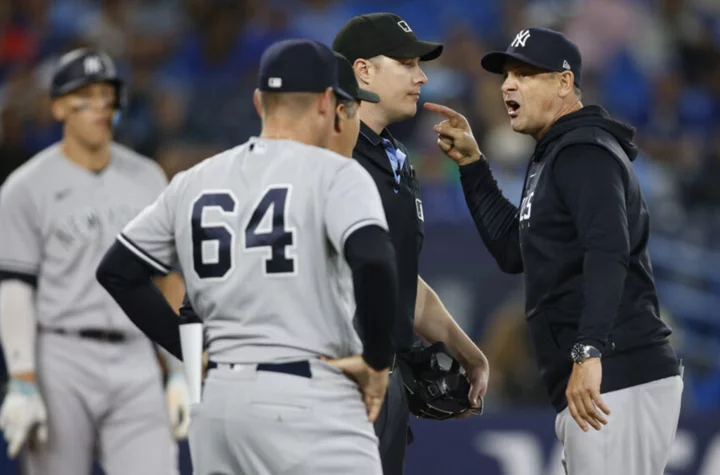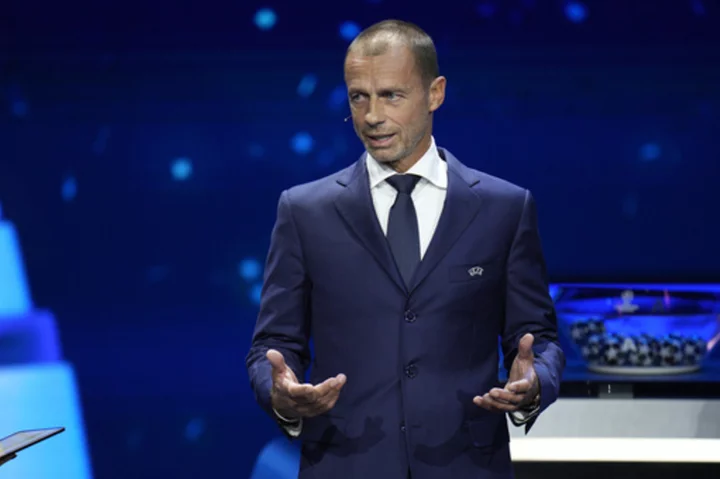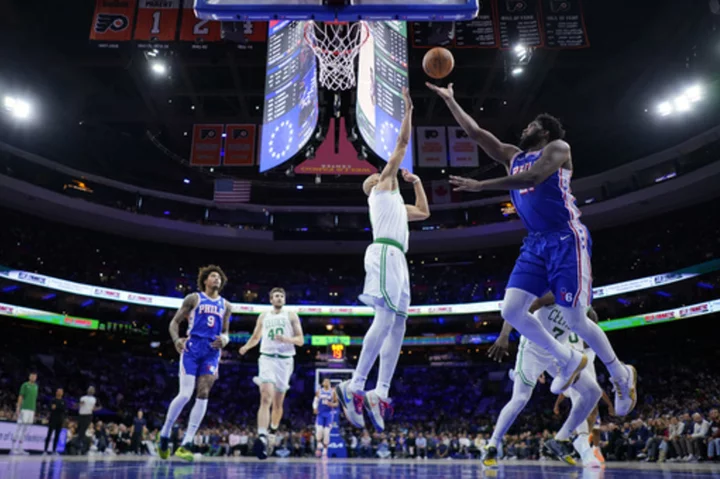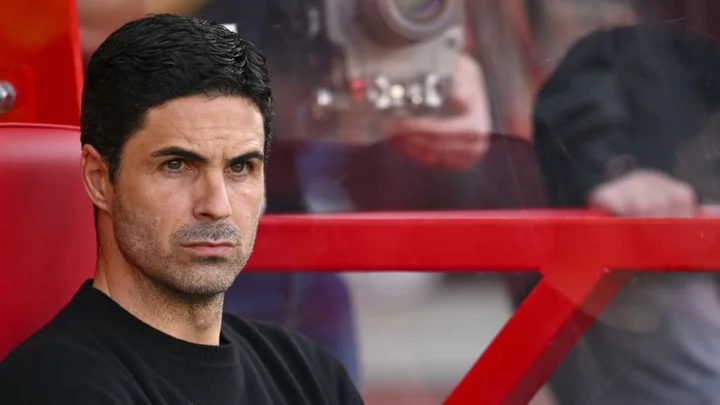South Africa’s players soaked in the applause at the end; although defeated by the Netherlands, they left the Women’s World Cup with their heads held high. After reaching the knockout stages of the World Cup for the first time, a place in the quarter-finals proved to be a step too far but only after they pushed the 2019 runners-up in a contest that could have played out very differently on another day. It took a sensational performance from Netherlands goalkeeper Daphne van Domselaar to end South Africa’s dream run.
Van Domselaar was superb, player of the match after denying the excellent Thembi Kgatlana while she threatened to tear the Netherlands apart. Kgatlana was electric, with the noise inside the stadium rising as the waves of South Africa counter-attacks rolled towards goal, Despite Jill Roord’s early opener, the equaliser felt like it was coming as long as Kgatlana could repeatedly run at the terrified Dutch defence. A Netherlands system and philosophy that is built on possession and control could do nothing to stop the South Africa captain once she took off.
But thankfully for the Netherlands, they still had Van Domselaar, and without her this last-16 tie could have veered off course. Even as the Netherlands steadied in the second half, Van Domselaar continued to frustrate South Africa with a stunning save as she reached to stop Linda Motlhalo’s strike. By then, South Africa were already faced with a long road back: while Van Domselaar looked unbeatable at one end, South Africa’s Kaylin Swart made a glaring error at the other, allowing Lineth Beerensteyn’s tame shot to squirm through her grasp.
It finally gave the Netherlands a sense of comfort that South Africa didn’t allow them to have in large spells at the Sydney Football Stadium. Roord’s free header to give the 2019 finalists the lead came after just nine minutes but the Netherlands weren’t able to settle because of the threat Kgatlana carried. The speed and directness of the South Africa attack, which cut through the Netherlands in straight, penetrating lines, always looked likely to cause an immobile defence problems and it didn’t take much for the Banyana Banyana to find the gaps.
The Netherlands were terrified of Kgatlana and her breathtaking pace, with South Africa able to release her down the sides of the Netherlands’ back three throughout the opening period. Kgatlana had the beating of all three of the Dutch backline: first driving at Stefanie van der Gragt and flashing a strike across goal that was tipped over by Van Domselaar, then again as she took on Sherida Spitse in a flurry of step-overs and fired a shot that was saved at the near post. It was the first two saves of a busy afternoon for Van Domselaar, and the start of a running battle with Kgatlana.
Neither Kgatlana or South Africa could have realistically asked for more opportunities. The Netherlands continued to leave themselves open to the counter-attack and a simple ball down the left channel was all it took to release Kgatlana for the third time, leaving Spitse chasing behind. Van Domselaar had to be as quick, closing the angle well and smothering the shot. By half time, Kgatlana had seen four shots saved by the Dutch goalkeeper, with South Africa leading the Netherlands for chances despite having only a third of the possession.
An upset was very much on the cards, but perhaps the chance had already gone. After half time, the Netherlands stopped allowing breaks through the middle of the pitch and took command while using all of their tournament experience. To add to that, the Netherlands have a system that can suffocate opponents, taking the ball away from them. Along with Japan, and England in their third game against China, Andries Jonker’s side have been able to find advantages through their wing-backs, creating width with a system that gives every player another simple option to pass to.
Still, it required a gift of a second goal for the Netherlands to finally have some breathing space, as Beerensteyn was released by Lieke Martens with a lobbed pass over the South Africa defence. Beerensteyn’s shot was chipped towards goal but Swart saw it squirm through her grasp, dribbling into the empty net. It was the second cheap goal South Africa had conceded, after Roord headed in the opener from a yard out after a corner wasn’t properly cleared. Martens’ header was hacked up and not out, leaving Roord to score her fourth goal in as many games at this World Cup.
South Africa were denied an immediate response after falling two goals down, as Van Domselaar produced another excellent save to tip Motlhalo’s fiercely struck shot around the post. It allowed the Netherlands to close it out, even if Danielle van de Donk picked up a yellow card that will rule her out against Spain in the next round. After all the upsets in the group stage, that is a tie that shows that the heavyweights are now taking charge.
But South Africa exit having left their mark. “We lit up the tournament,” said Desiree Ellis, who was left disappointed but not down, and motivated as she called for the change that will lead to South Africa taking a further step forward in four years time. “There are no underdogs now,” Ellis said. “We could have won the World Cup, but we do not have what other teams have.”
Underfunded and without a professional women’s league or commercial sponsors, with players who are still working 9-5 jobs, the Banyana Banyana had punched well above their weight. And as South Africa departed with a lap of honour that was not for the victors, they had more than made their point.
Read MoreWomen’s World Cup TV schedule: How to watch every match today
Women’s football world rankings: Who could take No 1 at the World Cup?
When do England play next? Women’s World Cup fixtures and route to the final
Keira Walsh returns to England training in Women’s World Cup boost
Netherlands vs South Africa LIVE: Women’s World Cup result and final score
Japan continue to shine as Spain orchestrate recovery to reach last-16

